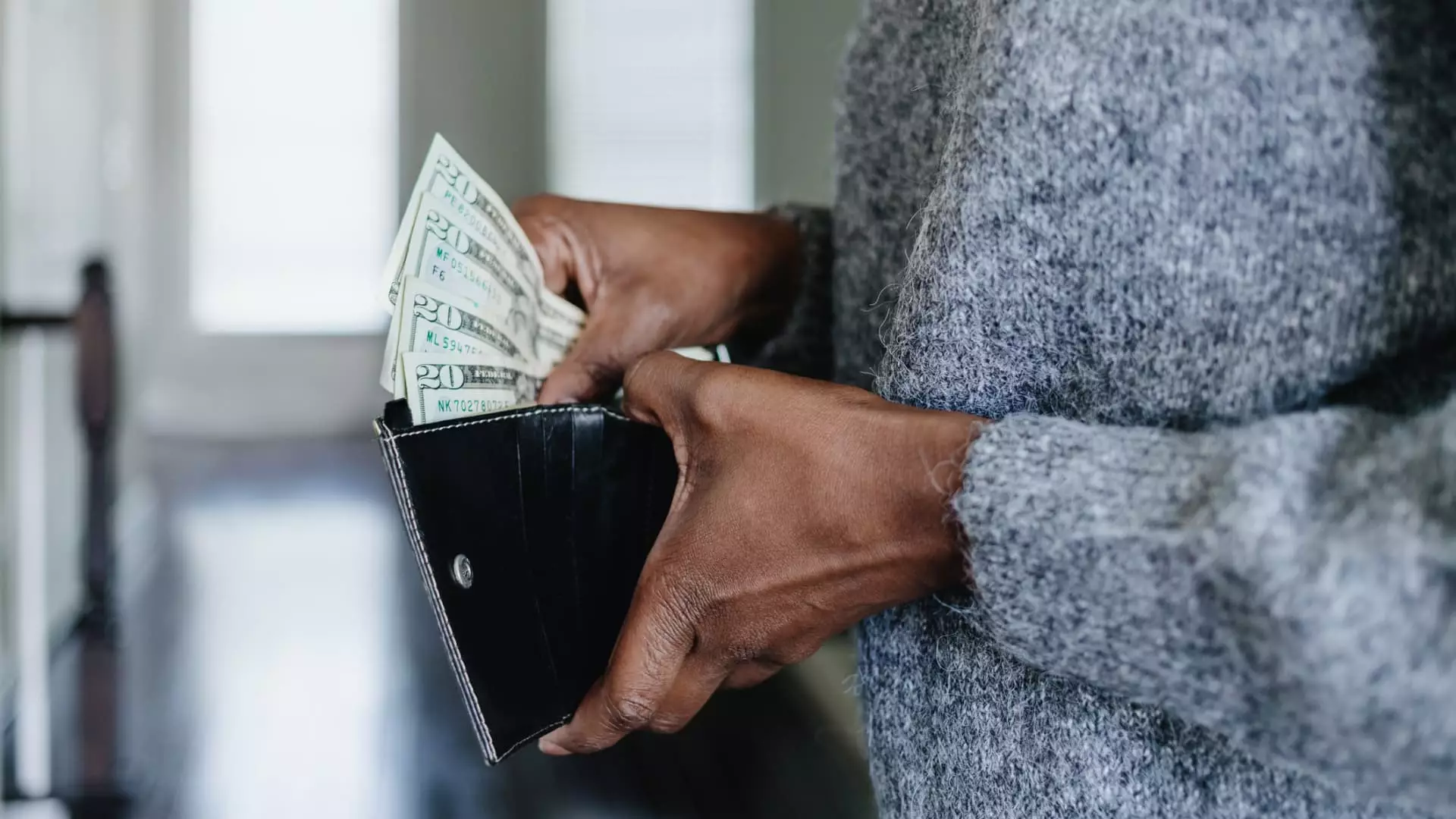The American consumer – long celebrated as the engine of economic growth – is undergoing a subtle but profound transformation. Following the tumultuous years of the pandemic, where “revenge spending” swept the nation in a wave of pent-up demand, we are now witnessing what might be called “revenge saving.” Instead of splurging on experiences and goods, many Americans are retreating behind the fortress of their savings accounts. This marks a striking reversal that deserves a deeper examination not only for what it reveals about consumer psychology but for its broader economic and social implications.
The personal saving rate in the United States, a key indicator of household financial resilience, has climbed markedly over the past several months—from 3.5% at the end of last year to a high of nearly 4.9% in April, before settling slightly to 4.5% in May. While these numbers might seem modest, the trend signals a shift in priorities. Americans are increasingly wary about their financial future, choosing caution over indulgence in response to an array of pressures—from volatile markets and inflation worries to geopolitical instability and concerns about tariffs that threaten to hike prices further.
Fear and Financial Prudence: The New Reality
This trend is far from coincidental; it emerges amid a growing cloud of economic uncertainty. As inflation lingers stubbornly above comfortable levels and interest rates refuse to drop quickly, many consumers are re-evaluating their risk tolerance. The days when credit cards fueled lifestyle choices feel increasingly reckless to many, especially given shaky forecasts about wage growth and job security. And beyond the numbers, the psychological toll of continuous political and social unrest has compounded an already precarious sense of financial stability.
Social media has played an unexpected but potent role in this cultural pivot. Viral “no buy” challenges on platforms like TikTok and Reddit underscore the collective anxiety and a desperate desire to regain control. These challenges encourage users to pause frivolous spending and redirect cash toward emergency savings, reflecting an emerging grassroots movement toward financial responsibility — even if motivated by fear.
Emergency Funds: A Lifeline in a Shifting Economy
Experts have long preached the importance of setting aside three to six months’ worth of living expenses as a financial cushion, but today’s environment suggests even that might be insufficient for many. Households with variable incomes or single-earner families face heightened risk and thus benefit from more substantial buffers. This recalibration is grounded in a deeper understanding of financial well-being, which Vanguard research neatly illustrates: having sufficient savings dramatically reduces the daily stress one experiences about money.
Dina Caggiula of Vanguard highlights how an adequate emergency fund can cut the average worker’s money-related stress from nearly seven hours per week to half that time. This is not just about dollars; it’s about psychological health and the ability to focus on more meaningful aspects of life rather than being overshadowed by financial insecurity.
Rethinking Retirement in an Unstable World
Ironically, alongside growing cash savings, Americans are also dramatically upping their stakes in the future through retirement contributions. The 401(k) savings rate reaching a record 9.5% in early 2025 illustrates a larger trend of disciplined, long-term thinking. With automatic enrollment and escalation features becoming more common, more workers are locked into a system that forces delayed gratification—a stark contrast to years defined by instant purchases.
This can be interpreted positively: a generation recognizing the value of future planning amid uncertainty. But it also reflects an uneasy acknowledgment that social safety nets may no longer be reliable and that individuals need to shoulder more responsibility for their financial futures.
What This Means for the American Economy
While increasing savings rates may sound like good news for individuals, the broader economy may not share this optimism in the short term. Consumer spending remains a critical driver of U.S. GDP, and a collective pullback could slow growth and complicate the Federal Reserve’s balancing act between taming inflation and encouraging expansion.
Moreover, this shift in behavior exemplifies a broader unease with the current political and economic conditions—a middle-class on edge, reacting defensively rather than proactively. The rise of “revenge saving” is thus not merely a financial trend but a mirror reflecting the precariousness felt by many Americans, who are navigating an unpredictable world with cautious steps rather than confident strides.
This strain underscores the necessity for policies that deliver more stability and confidence to households, whether through robust consumer protections, predictable inflation control, or stronger social safety nets. Without such reassurances, the tight-fisted prudence of today’s savers may calcify into stagnation rather than serve as a springboard for future prosperity.

